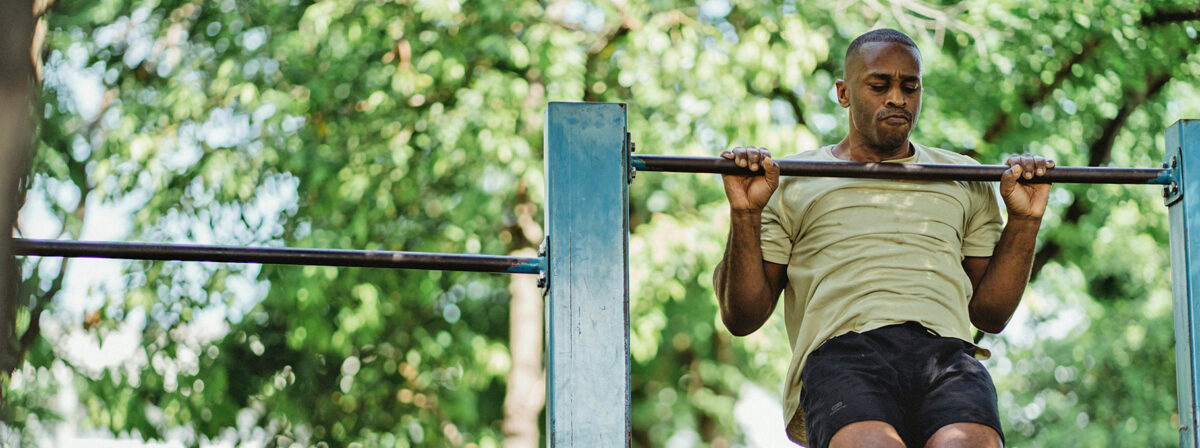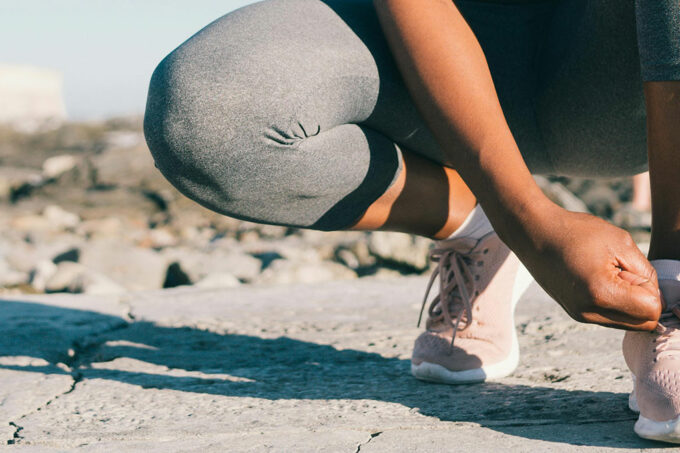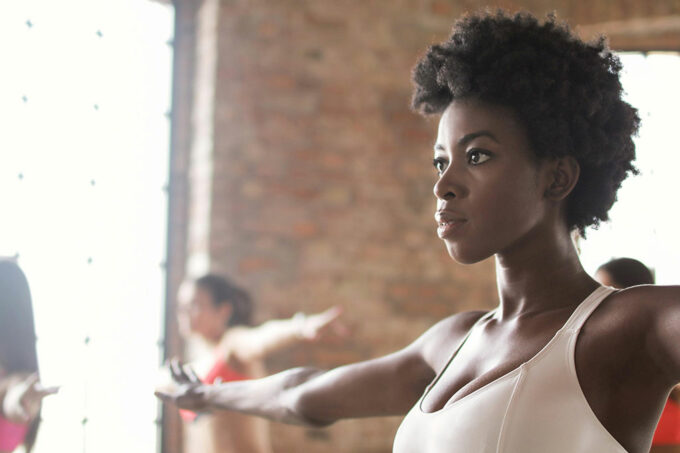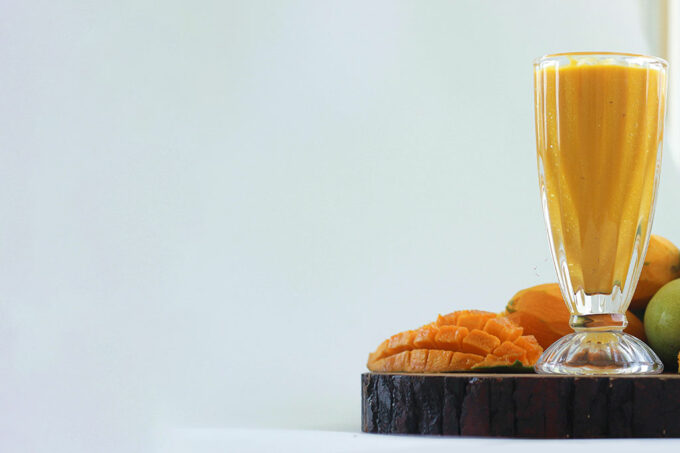Major muscle groups to target
When selecting exercises for your strength routine, it is important to choose at least one exercise for each major muscle group. This prevents muscle imbalances that can lead to injury. The major muscle groups to target are briefly described below alongside a few of the exercises that target them:
- Gluteals: This group of muscles (often referred to as ‘glutes’) includes the gluteus maximus, which is the big muscle covering your butt. Common exercises are the squat and the leg press machine. The glutes also come into play during lunges, tall box step ups, and plyometric jumps. (Plyometrics refers to exercise involving repeated rapid stretching and contracting of muscles (as by jumping and rebounding) to increase muscle power. Examples are skipping, lunges, jump squats, jumping jacks aka “apart-together”)
- Quadriceps: This group of muscles makes up the front of the thigh. Exercises include squats, lunges, leg extension machine, and leg press machine.
- Hamstrings: These muscles make up the back of the thigh. Exercises include squats, lunges, leg press machine, and leg curl machine
- Hip abductors and adductors: These are the muscles of the inner and outer thigh. The abductors are on the outside and move the leg away from the body. The adductors are on the inside and pull the leg across the centerline of the body. These muscles can be worked with a variety of side-lying leg lifts, standing cable pulls, and multi-hip machines.
- Calf: The calf muscles are on the back of the lower leg. They include the gastrocnemius and the soleus. The gastrocnemius is what gives the calf its strong rounded shape. The soleus is a flat muscle running under the gastrocnemius. Standing calf raises give the gastrocnemius a good workout, while seated or bent knee calf raises place special emphasis on the soleus. These small muscles can handle a relatively large amount of weight.
- Low back: The erector spinae muscles extend the back and aid in good posture. Exercises include the back extension machine and prone back extension exercises. These muscles also come into play during the squat and dead lift.
- Latissimus dorsi: These are large muscles of the mid-back. When properly trained they give the back a nice V shape, making the waist appear smaller. Exercises include pull-ups, chin-ups, one arm bent rows, dips on parallel bars, and the lat pull-down machine.
- Deltoids: The cap of the shoulder. This muscle has three parts, anterior deltoid (the front), medial deltoid (the middle), and posterior deltoid (the rear). Different movements target the different heads. The anterior deltoid is worked with push-ups, bench press, and front dumbbell raises. Standing lateral (side) dumbbell raises target the medial deltoid. Rear dumbbell raises (done while seated and bent at the waist, or lying face down on a flat bench) target the posterior deltoid.
- Biceps: The front of the upper arm. The best moves are biceps curls. They can be done with a barbell, dumbbells, or a machine. Other pulling movements like chin-ups and upright rows also involve the biceps.
- Triceps: The back of the upper arm. Exercises include pushing movements like push-ups, dips, triceps extensions, triceps kick-backs, and overhead (French) presses. The triceps also come into play during the bench press and military press.
Mr. Douglas Bamweyana is an Assistant Lecturer, Sports Science, Department of Biochemistry and Sports Science. He has a BSc. Sports Science (Mak), MSc. Sports Biomechanics (Loughborough University - UK), an MBA (Univ. of Nicosia) and is currently a PhD Student. His research interests include optimizing human performance, human movement variability and engineering and computer simulation modelling. He is a CAF A Licensed Coach and FUFA 1st Division Licensed Coach. He is President - Uganda Society of Sports Science and Physical Education (USSSPE).




